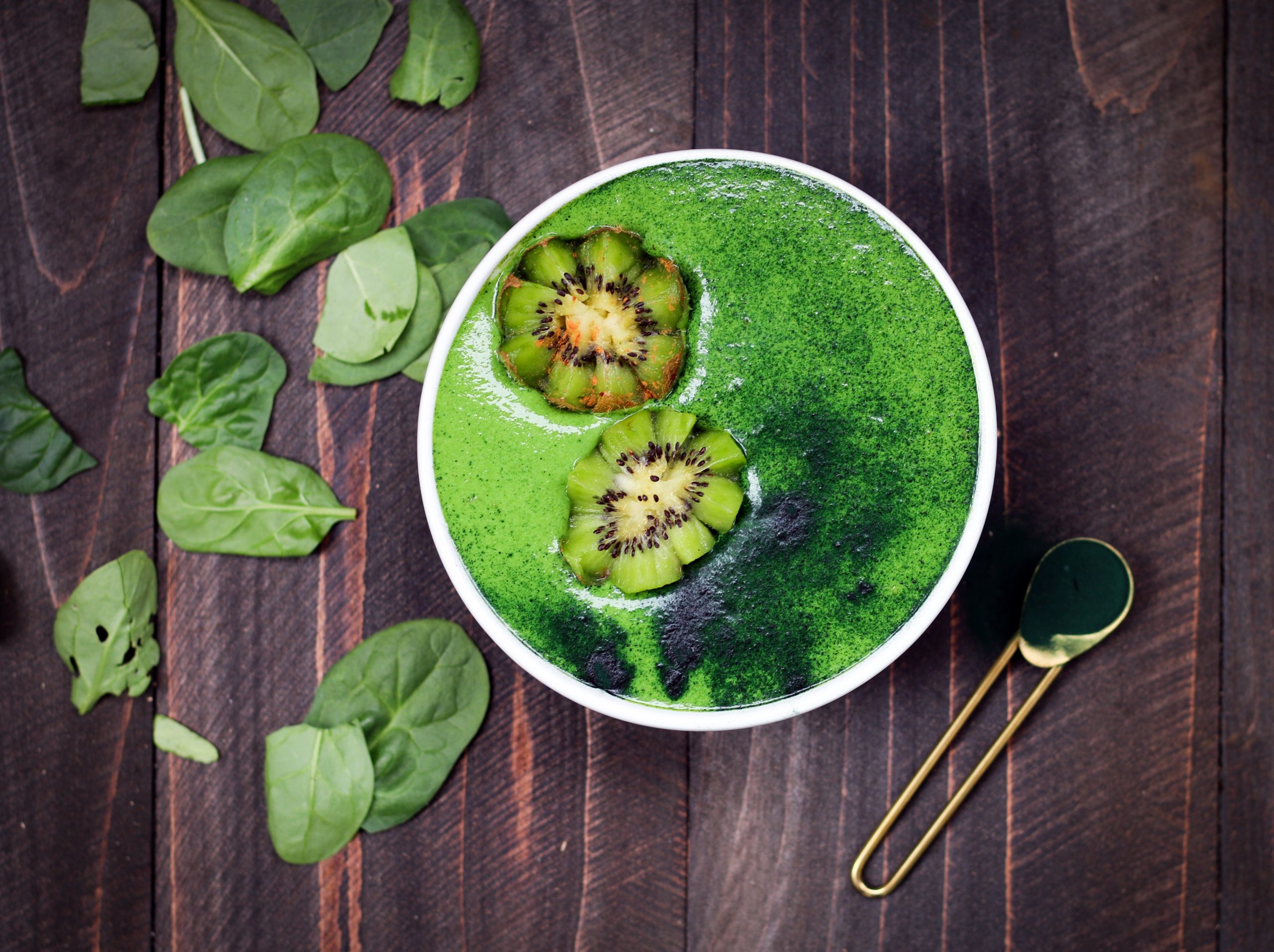Did you know that foods labeled “healthy” can contain a lot of sugar too?
We all know that we should not give in to those cravings of chocolate cookies ( it is never really only one, is it) but what most people don’t realize, even the most well-educated and health-conscious ones that tend to be my clients, is that even the so-called “healthy foods” can be loaded with sugar.
Excessive sugar consumption can really disrupt your health
Sugar is a nasty beast. It creates real addiction, and through increasing insulin resistance and inflammation, is a driver for a huge amount of diseases on top of making up irritable and prone to mood swings.
The real problem with hidden sugar in so-called healthy foods is that if you don’t know that is there, so you cannot include it in your daily or weekly budget for sugar and carbs, ending up consuming way too much of it, feeding your sugar addiction and sabotaging your health & well-being.
1.Breakfast cereals
On a recent trip to Wholefoods, I found out with dismay, that many of them yes, even those super-expensive, organic & super-healthy breakfast cereals and muesli, have one thing in common: sugar. For the majority of them, the percentage of sugar was between 12-18% with a peak of 25% in some more fancy ones. That would already be a considerable amount per se, but if we consider that we normally consume them with milk ( either dairy or not, it still contains sugar) and added fruits, you can easily understand how much sugar you can pile up.
What to eat instead
Always read the nutritional information on the label and go for low-sugar cereals, like oats, buckwheat, spelt flakes, and millet, in their plain and more wholesome form. You can then add your fruits, nuts or seeds toppings to get the full nutrition and be in charge of how much sugar ( or how little) you put in your breakfast bowl.
2.Tall lattes
“Lattes” have become very popular in recent years. Many have chosen “healthy” options swapping dairy milk for almond or soya, but the result is almost the same: they contain lots of sugar. If you check the Starbucks website you will see that many of their “lattes” contain a whopping amount of sugar.
What to eat instead
Swap for a good quality black coffee, maybe with a dash of milk if you enjoy it, or simply drink only half of those lattes. After all who needs all those tall lattes anyway!
3.Protein bars
I was shocked the other day when I checked the label of a very popular healthy protein bar and discovered that it has 38% of sugar, which translates to 13.6g for a single bar. Other snack bars of the same brand, didn’t fare much better, with the innocent-sounding “berry delight” having a whopping 47% sugar which translates in 16.6 sugar per single bar.
What to eat instead
Bring with you some healthy snacks if you can, like some whole fruit, a few nuts or some oatcakes. Otherwise, if too much sugar is a concern for you, read the labels and opt for some lower sugar-content snack bars like KIND.
4.Ready-made smoothies
While the ones that are made at home can be the picture of wholesome health, the shop-bought ones are another story altogether. This Orange and Mango smoothie from Sainsbury’s has a 17gr of sugar per portion, while this Innocent Drink, blue smoothie contains 14gr of sugar per portion.
What to eat instead
Only consume smoothies that are freshly made in front of you. That way you will get all the natural ( not added) nutrients and you can choose the ingredients. Make sure that you use some vegetables to cut down the sugar content, or go for naturally low-sugar fruits like berries.
5.Favoured yogurt
Rich in good bacteria, calcium, and pre-digested lactose ( the milk’s sugar), yogurt is full of health benefits. But that deliciously vanilla, or fruit-flavored yogurt ( even worse if they are fat-free) often contains 13 gr of sugar. If you think that when you buy a big pot, you often eat 200/250 gr of yogurt, that means a whopping 26-30 gr of sugar per portion. The same of a packet of cookies!
What to eat instead
buy some good quality full-fat natural yogurt and add your own flavorings. Berries are great, as they are low in sugar and nutrients rich, but also other types of fruits, or small amounts of nuts. If you really have a sweet craving a serving of natural yogurt with a few drops of organic maple syrup or honey, can still be a better way to satisfy it!
6.Fruit juices
Whole fruits are rich in fibers, vitamins, minerals and phytonutrients. They also contain sugar, mainly fructose, which is metabolized by the liver. During the juicing process, the fibers get broken down and removed, and as some of the nutrients are stored in the fibers, we end up with fewer nutrients, fewer fibres, and more sugar. This is why fruit juice should be consumed in moderation.
What to eat instead
Try to add some vegetables to your fresh juices to reduce the amount of sugar, use lower sugar content fruits ( like berries or apples), reduce the amount of juice you drink, or make 1/2 part juice, 1/2 part water.
7.Energy balls
They are marketed as healthy, but despite being made of wholesome ingredients, ready-made trendy energy balls can be really high in sugar. These hazelnut energy balls from well-known healthy brand Deliciously Ella, contain 35% of sugar which pans out at around 12 gr per energy ball, while this Oat & Coconut bar from the same brand, has 41% of sugar, which pans out as 16 gr of sugar for a single 40gr ball. And let’s face it, you would never really eat one single energy ball!







